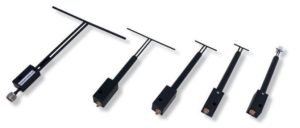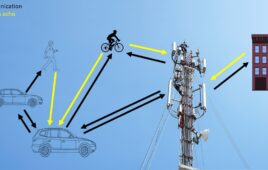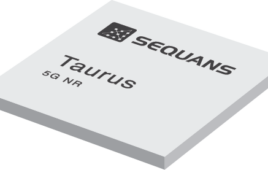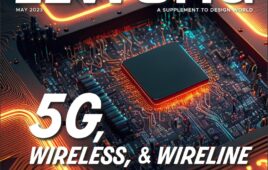Equipment used for measuring specific absorption rate needs validation to provide useful test results.
As Keyvan Yasami explained in 5G radios increase emphasis on compliance testing, handsets and other wireless devices needs testing for specific absorption rate (SAR). The article notes “engineers measure emissions from each device while it operates at its highest power level in all operational frequency bands. The established procedure outlined in IEEE C95.1 and IEEE 1528 utilizes a robotic arm system that performs a series of measurements of the electric field at specific pinpoint locations.”
 SAR test system need validation before they can provide useful measurements. Microwave Vision Group, a company that manufactures the robotic arm systems that Yasami describes, has introduced a set of validation dipole antennas. While not used for the SAR testing itself, the antennas let engineers validate SAR test systems based on the following standards.
SAR test system need validation before they can provide useful measurements. Microwave Vision Group, a company that manufactures the robotic arm systems that Yasami describes, has introduced a set of validation dipole antennas. While not used for the SAR testing itself, the antennas let engineers validate SAR test systems based on the following standards.
- IEEE 1528
- FCC OET Bulletin 65 (Ed. 97-01) supplement C and all related KDB
- IEC 62209-1
- IEC 62209-2
- EN 50361:2001
- ANSI C63.19
Frequency range covers 300 MHz to 6 GHz. Antenna length depends on operating frequency, of which the set consists of 27 different lengths. S11 is less than -20 dB in specified
validation position.





Tell Us What You Think!